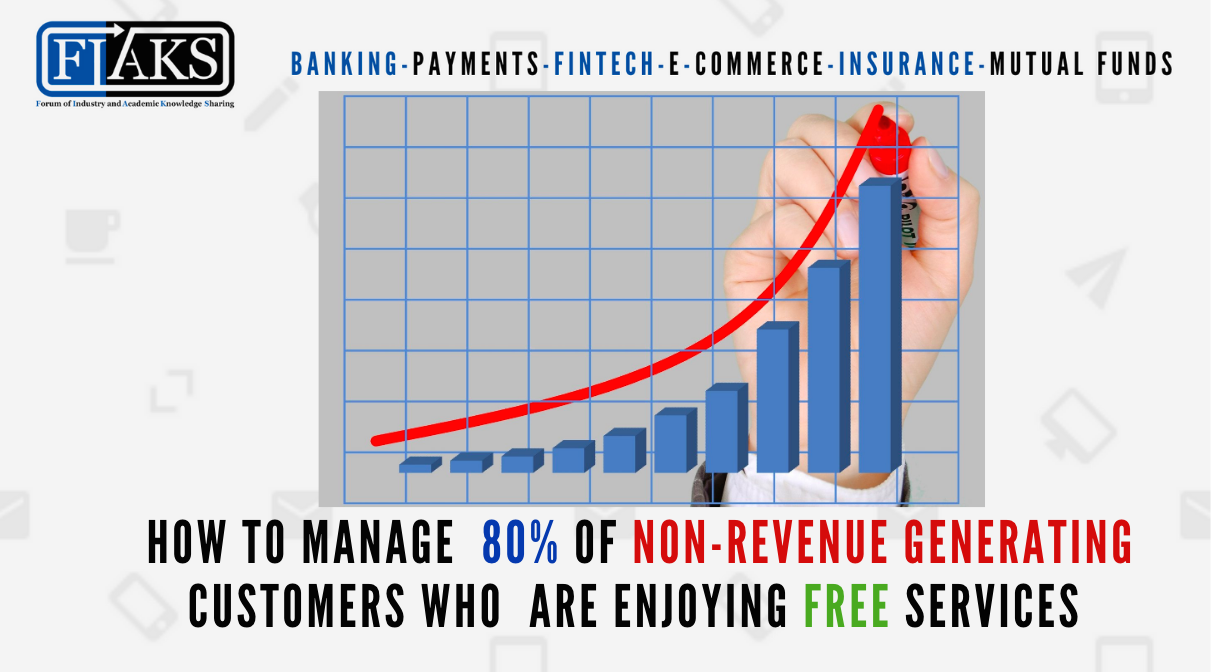Several Founders, Co-Founders, CXO Bankers, CXO Fintech professional & people who participated in the ePanel discussions:
- Mr. Ketan Pradhan, former SVP- Customer Value Management, Vodafone Idea Limited
- Mr. Nagaraj Mylandla, Chairman & Managing Director, FSS
- Mr. Dhanender Chandna, Managing Director, Viren Business Solutions Pvt Ltd.
- Mr. Vishal Anand Kanvaty, Senior Vice President – Products and Innovation, (NPCI)
- Mr. Neeraj Chandra, Head of Operations and Technology, India, Abu Dhabi Commercial Bank
- Mr. R Bhaskaran, Strategic Training Advisor in Banking & Finance
- Mr. P B Prakash, Head-Financial Institutions Group, IndusInd Bank
- Mr. Ruchit Jangid, Former Business Head, SOTC Travel Ltd
- Ms. Aishwarya Jaishankar, SVP – Digital Products & Platforms, HSBC
- Mr. Sharad Goklani, former CTO at Equitas Small Finance Bank
- Mr. Muthu Krishnan, Associate VP – Merchant Acquisition, India Transact Services Ltd
- Mr. Sony A, Jt. General Manager, South Indian Bank
- Mr. Abhishek Mody, former Associate Director-Payment & Digital Initiatives, IDFC FIRST Bank
- Mr. C V Ramana Rao, Sr Manager, Punjab National Bank
- Mr. Avro Mukerji, Investment Counselor- NRI Burgundy, Axis Bank
- Mr. Roopesh Chandran, Director Business Development, Visa Inc
- Mr. Hitesh Thakkar, Fintech Consultant, Self-Service Automation
- Mr. Shashank Chowdhury, Former Executive VP- Inclusion Initiatives, Vakrangee Software Ltd
- Mr. Vikas R Panditrao, Co-Founder, Forum of Industry and Academic Knowledge Sharing (FIAKS)
- Many other CEO/CXO Bankers & Fintech professionals on FIAKS Forum requested to remain anonymous
One of the community members raised a question “today 80% of my revenues are given by 20% of the customers. What should I do with this 80% of customers who are actually expense to me today? This 80% of customers are associated with my business since inception but today they are adding no value to the business. Should we get rid of them?”
Here are some of the initial reactions to the problem statement
- A customer cannot be an expense. Your policies since inception must have been responsible for retaining low-value customers. Otherwise, the enterprise has become greedy and considers low margin customers to be a loss-making proposition. The enterprise must have failed to optimize its processes to reduce operational costs, a focus on that is needed.
- This 80% of customers also generate base revenue on rainy days so neglecting them could be a mistake. This mix is critical to have a hold on the market! And be profitable overall. The 80% will support you during lean times.
- Member says, “Regarding the question of 80:20, everyone will go after 20%, however, the challenge is how do we be relevant for 80%. I think UPI is a great example. Cards have been always going after the top 5% of the population and never focussed on the remaining 95%. UPI has got the remaining 10-15% who were neglected by the cards world. We always have to make our relevant for everyone. Once the value is provided everyone will become relevant!”
First, we have to understand there are no free lunches;
- A member mentions, “Be it banking, telecom, airlines, or any other service, once we get used to it, we start thinking of it as an essential service. And then, when I start thinking of an ATM card, or even an electricity connection as an essential service, I start thinking of it as an entitlement than a privilege, which then leads to the obvious question why should I pay for it? That is perhaps what gradually leads to low-value generation, and triggers a negative spiral. Since a telecom airwave is intangible, why should I have such a high ARPU (average revenue per unit)? If I don’t see the electrical pulses behind the ATM machine, there is really nothing that is happening outside of that machine, so why pay?”
- Adding further he says, “of course, I am exaggerating to make my point, and of course there are genuinely underserved customers who deserve more than they are getting. But if there is a general acceptance of the concept of paying for tangibles and intangibles alike, we will see the problem reduced.”
- Subsequently, we can talk about differentiated products for lower value customers, and which would then make a lot of sense.
Now say we have Customer 1, Customer 2, Customer 3, Customer 4,….. to Customer 100. Customer 1,2,3,4,5 = 75% revenue. Customer 6 to 100 = only 25% revenue
- Well, in cost accounting we use the term ‘contribution = selling price – variable cost’. As long as the contribution is positive we should cater to the customer.
- If the customers 6 to 100 are giving even a small amount of contribution, you should continue serving them.
- If the variable cost attributable to customers 6 to 100 is less than the revenue generated by them, one should continue serving them.
Several members poured in amazing viewpoints, let’s check out what the members have got to say;
Register and Read the complete bespoke discussion

